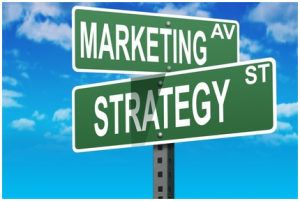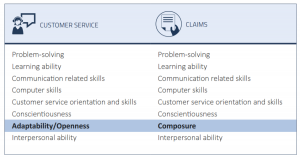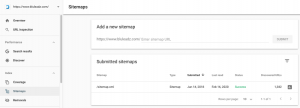Discover how a few email campaign tweaks and audience research can help you build trust, meet customer needs and get better results.

No matter how good your product or service is, the key to a strong business is to attract new customers and keep current customers coming back.
Email campaigns need to address what is important to the customer and have clear, strong calls-to-action (so recipients knows what is wanted from them) without being too pushy or forceful.
Whether the campaign is aimed at current or future customers, it needs reliable research to support claims and to lead the prospects in the right direction.
To build trust and improve the campaign, the most important aspect is the customer. Customers want to know how they benefit from the company, not the other way around.
Map It Out: Benefits Vs. Objections
Regardless of how unique or mundane your product or service is, there will always be objections that are raised by the prospect learning about it. Similarly, all prospects have a set of main priorities and key benefits that they’re looking to attain if they’re “in the market” for what it is that you offer.
It is important to know both the highest priority benefits and the highest priority objections so that prospects can be targeted from the very beginning of the email campaign.
Research and interaction with past customers and prospects about the biggest benefits and objections will help make for a stronger email campaign. The strongest email campaigns are those that take customer information into consideration. If the information which customers find important are not included, the campaign will not have the desired effect.
Conducting the research (via phone calls, online surveys or other methods), and changing the campaign to match those results, will make emails hit harder with fresh prospects, ultimately generating more sales.
Creating a chart with the top three to six priorities, benefits and objectives will help set up the most important information that will be needed for the campaign. This information can help guide decisions about which content you can use to educate, which case studies to include, and which calls-to-action will be most impactful and more.
For example, the top three benefits for a SaaS (Software as a Service) company could be:
- Greater profits from less work
- Seeing possibilities in the market
- Setting personalized alerts
The top benefits need to be obvious to the customer from the start. Feeble calls-to-action do not give customers the drive to go to toward the next step. The first emails need to show, not tell, how they will be benefited.
Below is a mapped-out version (from a previous presentation on prospect-centered email campaigns) that displays the top three tiers of a prospect group’s highest benefits and objections:

Not only must the benefits be highlighted, but the top objectives need to be a priority, also. As we see in the imaginary example above, the top objectives to a SaaS company could be:
- Difficulty using interface
- Two direct competitors
- Integration of other trading tools
Customers must know that if they go on to the next step, it is in their best interest. If the major objections are brought forth by the company with ways that alleviate the problem, customers are left more at ease.
Why Campaigns Fail
Before leaving you to write (or rewrite, as the case may be) your front-end prospect-facing sequences, I want to address the three biggest pitfalls that I see companies falling into in my consulting work. Avoiding all three will put your campaigns ahead of the pack.
1. Poor Segmentation. Email campaigns need to be segmented and aimed at a specific group whenever possible. If the campaign is general and not aimed at individuals, businesses or other groups within your targeted audience, it may not succeed. Customers want specific attention that deals with the benefits they need, not what others in different situations may need.
If I am selling piano lessons online, I can tailor my initial messaging to levels of experience. If I am selling marketing automation software, I can tailor to the industry, or to the size of company.
Either way, I get a lot more out of my email marketing by thinking in sequences that are relevant to my desired audience. The earlier you can segment your email opt-ins, the better, and if a prospect’s first experience with you is hyper-tailored, you’re most likely to see email ROI hit harder.
2. Inadequate Campaign Length. Many front-end, prospect-facing campaigns are too short. Three emails is not a campaign; it is laziness.
In order to yield more conversions, more education and research needs to be added to the campaign. Tell the customers and prospects everything that is needed so they feel more comfortable and will follow through with your call-to-action, and will continue to educate and direct their actions for as long as you see necessary.
My baseline rule is to have in place at least one month of automated, education and conversion-focused messaging for any priority autoresponder sequences.
3. Weak Calls-To-Action. Many email campaigns have feeble attempts at drawing in the customers and pointing them in the right direction. A strong call-to-action will educate and back up information with research, and will also tell the customer what they should do.
Being overly polite and purely educational can often be a hindrance, and whether it’s to book an appointment, attend a webinar, purchase online or call your office, you need to tell the reader what to do. If you read your own email and ask, “What am I supposed to do now?” then your call-t0-action is too feeble (or non-existent).
Final Thoughts
Remember, the key to keeping your business strong is to attract new customers and keep current customers coming back. Just changing the sequence of your email campaign one time can bring much better results for your company. Conducting research and implementing some of the suggestions above can make a big difference for prospective customers for years to come.
Marketing Land – Internet Marketing News, Strategies & Tips
(352)






